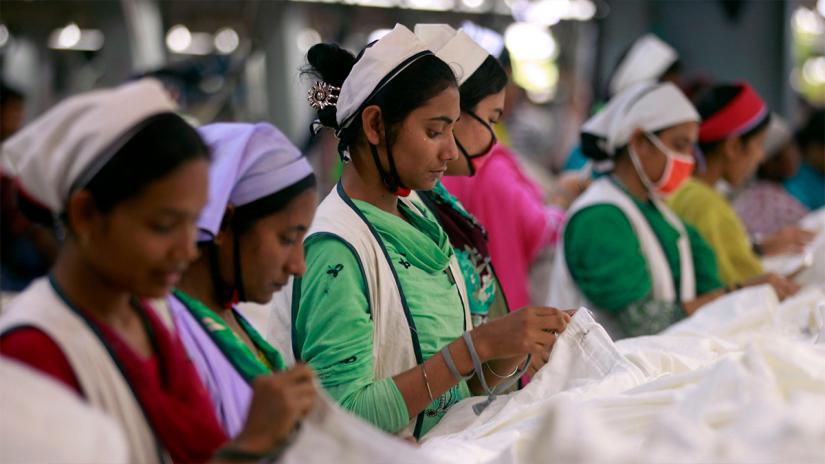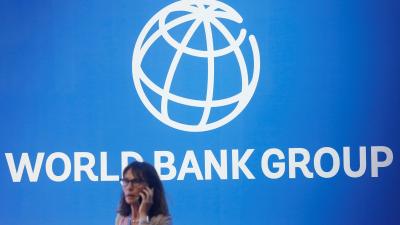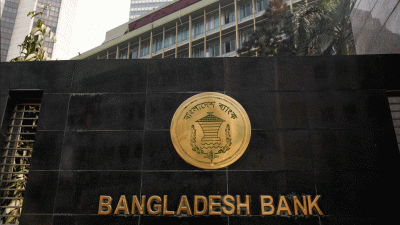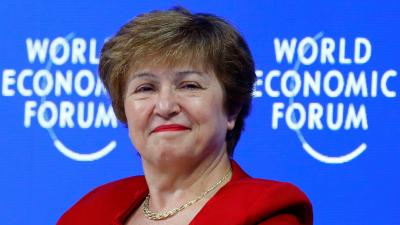 Minimum balance requirement, low income, staff attitudes, lack of physical access and high cost of products are some of the major barriers to access to finance in the country, says a survey of Bangladesh Bank (BB).
Minimum balance requirement, low income, staff attitudes, lack of physical access and high cost of products are some of the major barriers to access to finance in the country, says a survey of Bangladesh Bank (BB).
Besides, factors like inadequate financial literacy, lack of proper documentation, lack of initiatives of banks and financial institutions, low level of technological infrastructure, lack of suitable product structure of banks, opportunity cost and high cost of products are also acting as hindrances to access to finance.
“There are a variety of reasons for financial exclusion. From the demand side, lack of awareness, low income, social exclusion, and financial illiteracy act as barriers to accessing financial services,” reads the survey, titled, ‘Survey on impact analysis of access to finance in Bangladesh’.
“In Bangladesh a large number of the adult population still remains financially excluded. The major barrier is geographical or physical access measuring the average distance from households to bank branches.”
The survey report says the number of branches per 1,000 square kilometres could be used as a crude indicator to provide an initial idea to the barriers to inclusion.
It says, Spain has 96 branches per 100,000 people and 790 branches per 1,000 square kilometre, while Bangladesh has less than seven branches (or ATM) per 100,000 population and about 67 branches (or ATM) per 1,000 square kilometre.
“A large section of the population that do not have any physical access to the banking services are in the rural and remote areas in the country. Distance, cost and required time are crucial factors of having a bank account which act as the main barrier in accessing financial services,” says the survey report.
The survey report says minimum amounts are required to open an account in Bangladesh. On the other hand, no minimum amounts are required in South Africa or Swaziland.
It says while most people in the country live below the poverty line and their per capita income is lower than any other country, so this specific minimum amount restrict poor people from using formal banking services.
According to the survey, major banks focus on large scale of loans instead of providing services for small loans. As a result, rational business decision prevents a major portion of people from accessing loan services including SME and agriculture loans.
On the issue of the lack of suitable product structures of banks and MFIs, the BB survey says, “To enable the currently un-banked poor and low income population access financial services from the formal financial system, the development of appropriate financial products are necessary.”
Focusing on the low income problem, the survey says, “Having insufficient amount of money is another barrier for people to open bank accounts. There is still a large section of households in the country, particularly in rural areas, having extremely low levels of income. Therefore, such people are un-served by any financial institution.”
The findings of the survey says the cost of product of MFIs compared to that of banks (interest rate) is still high indicating another barrier to financial inclusion.
The survey covered eight divisions of the country, namely Dhaka, Chittagong, Khulna, Rajshahi, Sylhet, Barisal, Rangpur, and Mymensingh. The survey team collected data of 2,872 respondents from different categories associated with widening of financial inclusion.
“An inclusive financial system provides a number of benefits to the economy. It makes available more resources for investment especially for the promotion of small and medium enterprises (SMEs),” the survey reads.
“It creates employment opportunities, ensure economic and financial stability by reducing vulnerability and contributing to poverty reduction. Access to a well-functioning financial system can economically and socially empower individuals, in particular the poor and women, allowing them to better integrate into the economy and actively contribute to development,” it adds.
The study was carried out by the research department of BB with the objective of assessing the existing state of access to financial services and measuring the impact of financial products and services.
The study found that availing financial services had a strong bearing on savings, borrowing and investment decisions of the households. The extent of remittance flows went up along with the adoption of supply-driven people-oriented financial services, it says.
Senior officials concerned at the central banks say they adopted various financial inclusion measures encompassing all spheres of the society. As a part of the drive, BB has issued a set of directives to the state-owned commercial banks and specialised banks to open farmers’ accounts, government’s social safety-net program accounts, freedom fighters’ special accounts, small life indurance accounts, street and working children accounts, and students’ accounts etc.
According to the BB’s latest data, the total number of banks and their branches were 48 and 6,717 respectively in 2007, which reached to 57 and 9,955 respectively in 2017.
“Although the number of bank branches has witnessed a significant growth of 65.30% from December 2000 to June 2018, the share of rural branches has declined substantially from 59.80% in December 2000 to 48.30% in June 2018. The decrease in the share of rural branches was due to upgrading some of the rural areas to urban areas,” says the survey report.
Access to finance through Agent Banking
As of June 2018, 20 banks got approval for agent banking services, of which 17 have started commercial operation. The number of agent outlets increased from 3,224 to 5,351 and the number of account holders increased from 0.87 million to 1.78 million from June 2017 to June 2018. Total balance of these accounts increased to Tk 20.12 billion in June 2018 from Tk 6.51 billion from June 2017. Till June 2018, Bangladesh expatriates remitted foreign currency equivalent to Tk 35.14 billion through these accounts.
Access to finance through mobile phones
As of June 2018, eighteen banks and one subsidiary have been permitted to provide MFS (mobile financial service), whereas 16 banks and one subsidiary are in operation. BB permits only bank-led MFS providers to operate in the country.
Access to finance through ATM and point of sales (POS)
In FY 18 about 16.40 million interbank ATM transactions amounting to Tk116.10 billion took place. The figures for interbank POS transactions for the same period were about 3.6 million and Tk13.80 billion. The number of ATM booths per 1,000 square kilometre increased significantly from 8.59 in 2009 to 66.05 in June 2018. On the other hand, the number of ATM booths per 100,000 persons increased from 0.84 in 2009 to 5.90 in June 2018.
Access to finance through Micro-Finance Institutions(MFIs)
In FY 18 the 705 licensed MFIs and 128 provisional licensed MFIs disbursed more than Tk 1,350 billion to 30.50 million clients. At the same time, total savings of the MFIs sector crossed Tk 270 billion.
Access to finance through the Insurance Sector
The insurance services include life insurance, general insurance, reinsurance, micro-insurance, and Takaful or Islamic insurance. At the end of 2017, the number of depositors was 15,858,037 of which the life insurance depositors were 14,384,763 and non-life insurance depositors were 1,469,274. In the same period the number of deposit accounts was 16,929,191 of which the life insurance deposit accounts were 14,618,867 and the non-life insurance deposit accounts were 2,310,324.
Access to finance through the co-operative sector
There are 176,841 co-operatives operating in Bangladesh as of March 2018. The number of beneficiaries was 10,684,749, of which the male members were 8,298,102 and the females were 2,386,647.
 Business
Business
41418 hour(s) 31 minute(s) ago ;
Afternoon 01:25 ; Tuesday ; Jul 08, 2025
Low income, high cost major barriers to access to finance: Survey
Send
Nazmul Ahsan and Mehedi Hasan
Published : 06:00, Aug 31, 2019 | Updated : 06:00, Aug 31, 2019
Published : 06:00, Aug 31, 2019 | Updated : 06:00, Aug 31, 2019
0 ...0 ...
/srj/
Topics: Top Stories
- KOICA donates medical supplies to BSMMU
- 5 more flights to take back British nationals to London
- Covid19: Rajarbagh, Mohammadpur worst affected
- Momen joins UN solidarity song over COVID-19 combat
- Covid-19: OIC to hold special meeting
- WFP begins food distribution in Cox’s Bazar
- WFP begins food distribution in Cox’s Bazar
- 290 return home to Australia
- Third charter flight for US citizens to return home
- Dhaka proposes to postpone D8 Summit
Unauthorized use of news, image, information, etc published by Bangla Tribune is punishable by copyright law. Appropriate legal steps will be taken by the management against any person or body that infringes those laws.
Bangla Tribune is one of the most revered online newspapers in Bangladesh, due to its reputation of neutral coverage and incisive analysis.
F R Tower, 8/C Panthapath, Shukrabad, Dhaka-1207 | Phone: 58151324; 58151326, Fax: 58151329 | Mob: 01730794527, 01730794528






